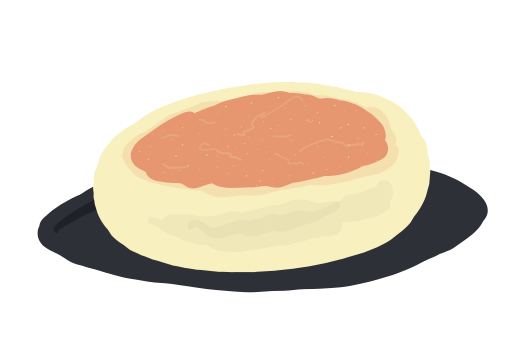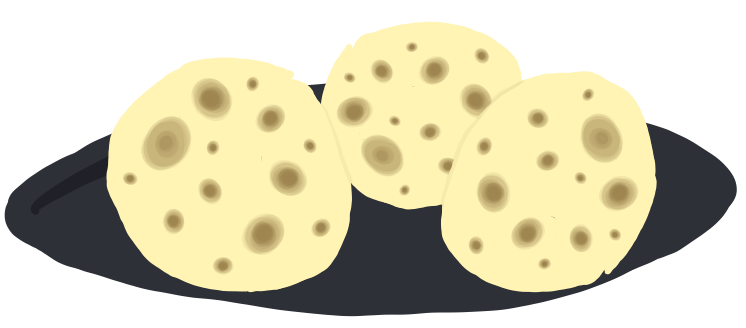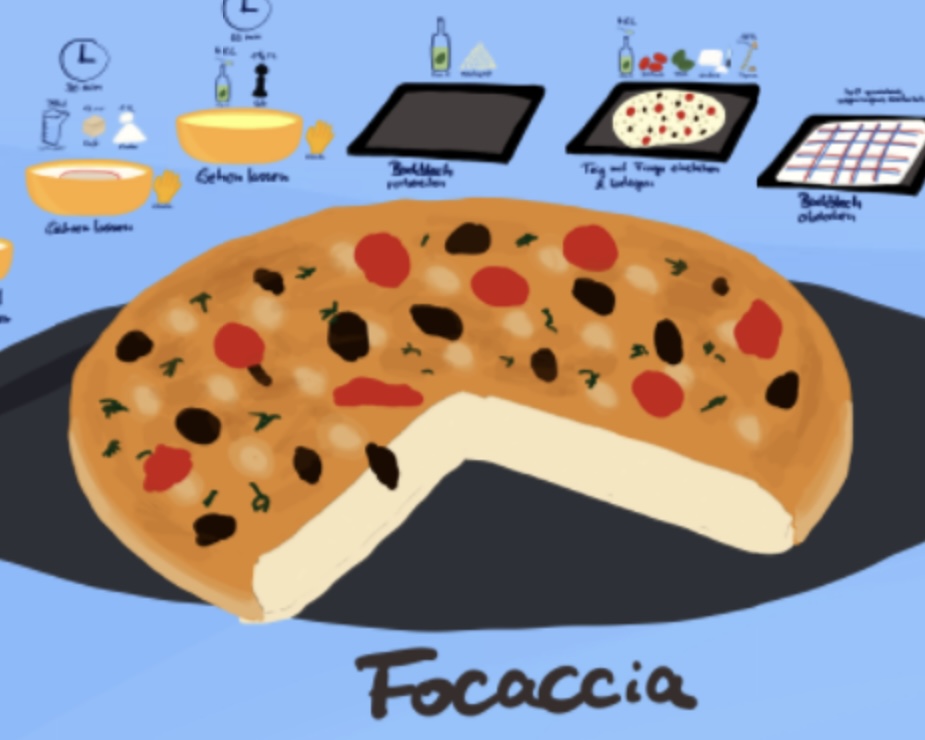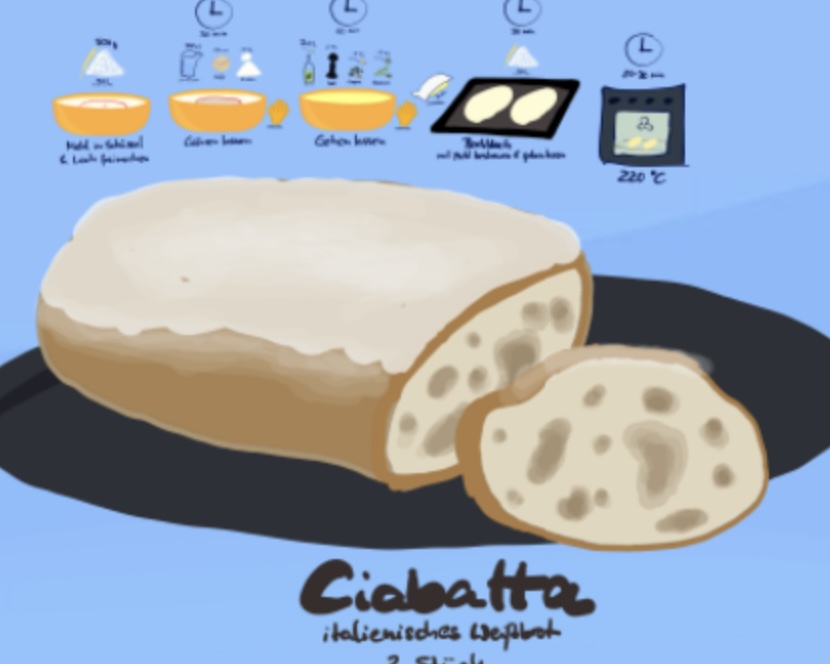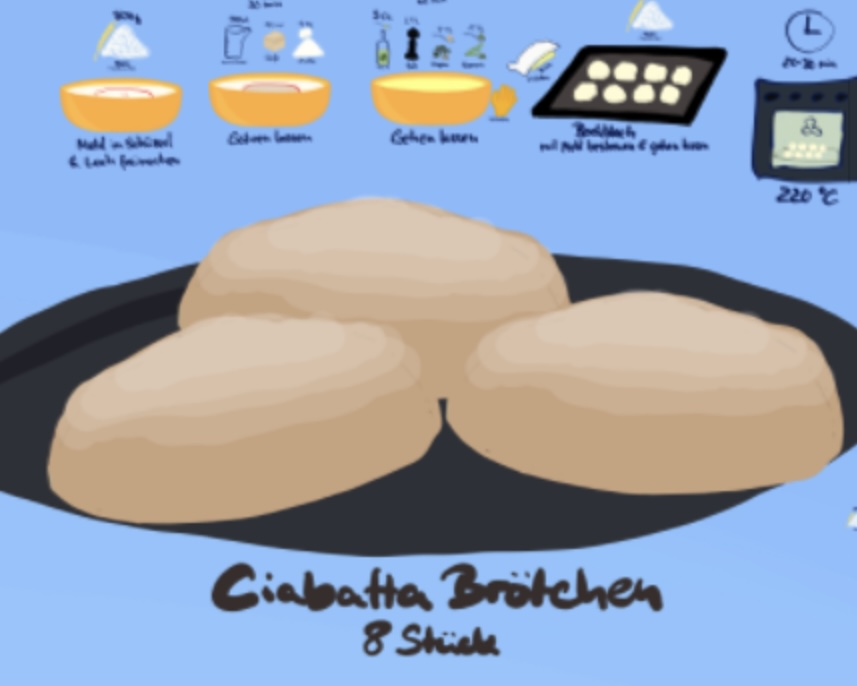Soft Brioche Bread Recipe
Instructions: Tap the Map & Cook Along 👇
Brioche: The Butter-Enriched Crown Jewel of French Baking
In the pantheon of baked goods, where flaky croissants and crusty baguettes reign, brioche stands out with its golden hue and luxurious texture. This classic French bread, with its rich butter content and tender crumb, embodies the art of fine baking and has captivated the palates of food lovers around the world. Whether enjoyed on its own, transformed into decadent French toast, or used as the foundation for savory sandwiches, brioche offers a versatility and richness that is unparalleled. Let's delve into the world of brioche and explore how this exquisite bread can elevate everyday meals into culinary masterpieces.
The Rich History of Brioche
Brioche traces its origins back to the Middle Ages, evolving through the centuries to become a staple of French cuisine. The name 'brioche' is believed to derive from Norman words meaning "break" and "dough," hinting at the traditional method of breaking the dough with a powerful strike before baking. Historically, brioche was considered a bread of luxury, reserved for the aristocracy and special occasions due to its high butter and egg content, which were expensive commodities in the past. Today, however, brioche is enjoyed by people from all walks of life, celebrated for its delicate flavor and versatility.
Crafting the Perfect Brioche
The secret to perfect brioche lies in its ingredients and the meticulous process of its preparation. At its core, brioche dough consists of high-quality flour, fresh eggs, sugar, yeast, salt, and, most importantly, a generous amount of butter. The dough is mixed slowly to develop its gluten structure before the butter is gradually incorporated, ensuring the dough remains cool to touch. This slow and careful integration of butter gives brioche its unmistakable light, airy texture, and rich flavor.
Kneading the dough requires patience and precision, as overworking it can lead to greasiness, while under-kneading will not allow the gluten to develop sufficiently. After kneading, the dough undergoes a long, slow rise, allowing the flavors to mature and the yeast to perform its magic. The result is a dough that is supple, shiny, and ready to be shaped into loaves, rolls, or any other desired forms.
The Many Faces of Brioche
Brioche's appeal lies not only in its taste but also in its adaptability. It can be savored in its simplest form, with a light brushing of egg wash to achieve a glossy, golden crust that is irresistibly appealing. For those with a sweet tooth, brioche can be filled with chocolate, fruit jams, or even cream, transforming it into a sumptuous treat. In savory variations, brioche can be enhanced with herbs, cheese, or incorporated into dishes like sliders and gourmet burgers, where its slight sweetness complements rich, savory flavors beautifully.
Brioche in Culinary Creations
Brioche is not just a bread; it's an ingredient that elevates everything it touches. In the world of desserts, brioche is the foundation for classics like Bread Pudding and French Toast, where it absorbs custards and syrups, becoming a soft, rich confection that is both comforting and decadent. In the realm of entrees, brioche buns can transform any burger into an indulgent experience, offering a tender, buttery contrast to the savory filling.
Conclusion
Brioche is more than just bread; it's a culinary marvel that reflects the richness of French baking traditions. With its soft texture, rich taste, and golden color, brioche continues to be a favorite among bakers and food enthusiasts alike. Whether you're a seasoned baker or a curious foodie, experimenting with brioche offers endless possibilities to explore flavors, textures, and the joy of baking. So the next time you're looking to add a touch of luxury to your table, consider brioche—a bread that is as versatile as it is delicious.
